Introduction
Hemp, a versatile plant that has been used for centuries for a variety of purposes, is gaining popularity in the modern world for its numerous health and wellness benefits. One of the key processes in harnessing the benefits of hemp is extracting its compounds for use in various products. In this article, we will break down the process of extracting hemp, from plant to production.
Harvesting
The first step in the extraction process is harvesting the hemp plants. Hemp plants are usually harvested when they are fully mature, typically around 3-4 months after planting. During this time, the plants are carefully inspected to ensure they are free of pests and diseases.
Drying
After harvesting, the hemp plants are dried to remove excess moisture. This can be done in a variety of ways, including air drying or using specialized equipment such as drying machines. Proper drying is essential to prevent mold and mildew growth on the plants.
Decarboxylation
Decarboxylation is the process of heating the hemp plant material to activate the cannabinoids present in the plant. This step is crucial in maximizing the potency of the extracted compounds. Decarboxylation can be done using an oven or specialized equipment.
Extraction
Once the hemp plants have been dried and decarboxylated, the next step is extraction. There are several methods of extraction, including solvent extraction, CO2 extraction, and steam distillation. Each method has its own advantages and disadvantages, but all aim to extract the desired compounds from the plant material.
Purification
After extraction, the resulting extract is purified to remove any impurities or unwanted compounds. This can be done through filtration, distillation, or other purification techniques. Purification ensures that the final product is of high quality and free of contaminants.
Product Formulation
Once the extract has been purified, it can be formulated into various products such as oils, tinctures, topicals, or edibles. Formulation involves blending the extract with other ingredients to create the desired product. Each product may require different formulations to achieve the desired effects.
Quality Control
Throughout the extraction process, quality control measures are in place to ensure the final product meets regulatory standards and is safe for consumption. This includes testing the product for potency, purity, and contaminants. Quality control is essential in producing high-quality hemp products.
Conclusion
The process of extracting hemp, from plant to production, is a complex and intricate process that requires careful attention to detail. By following each step carefully, producers can create high-quality hemp products that offer numerous health and wellness benefits to consumers.
FAQs
What are the benefits of using hemp products?
Hemp products are known for their numerous health and wellness benefits, including reducing inflammation, relieving pain, and promoting relaxation.
Is hemp extraction legal?
Yes, hemp extraction is legal in most states as long as it complies with regulatory standards and contains less than 0.3% THC.
What is the difference between hemp and marijuana?
Hemp and marijuana are both varieties of the cannabis plant, but they have different levels of THC. Hemp contains less than 0.3% THC, while marijuana contains higher levels of THC.

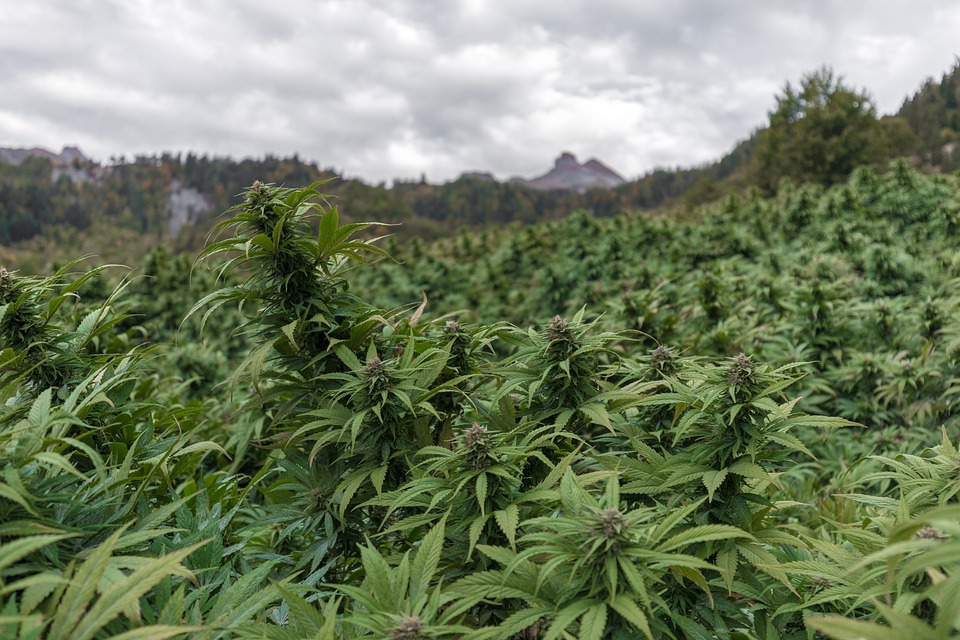
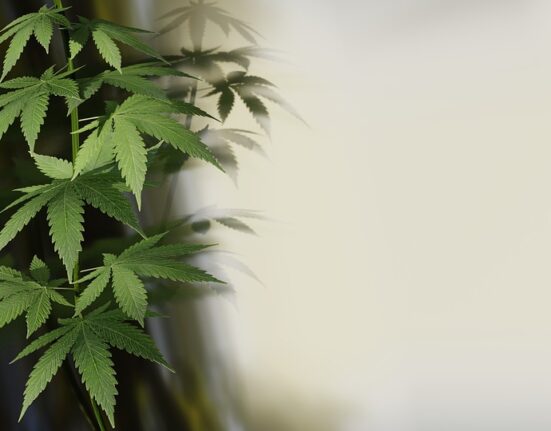
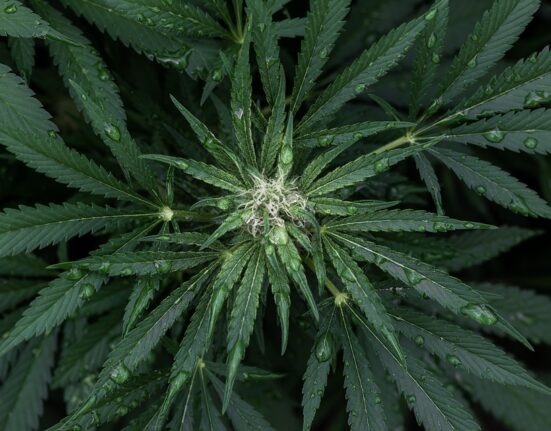
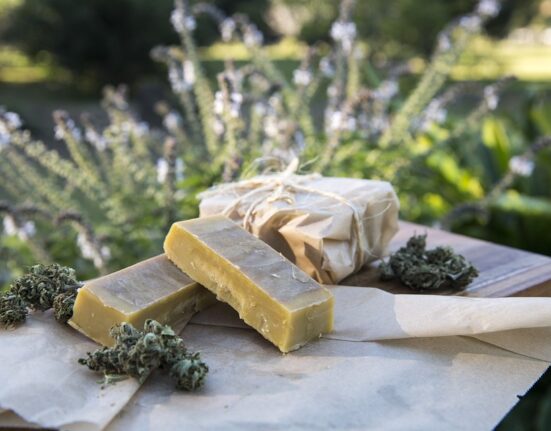
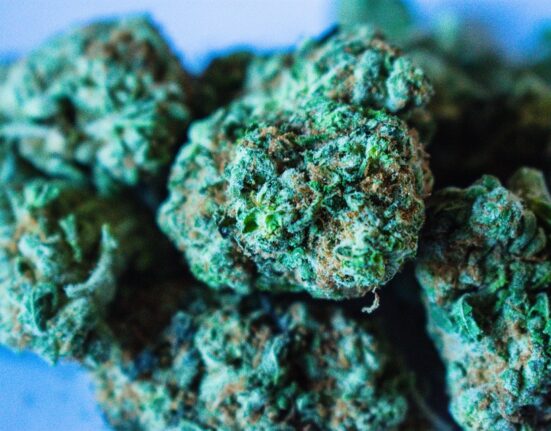
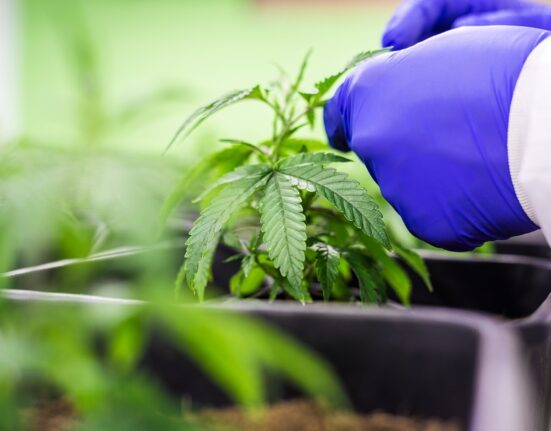
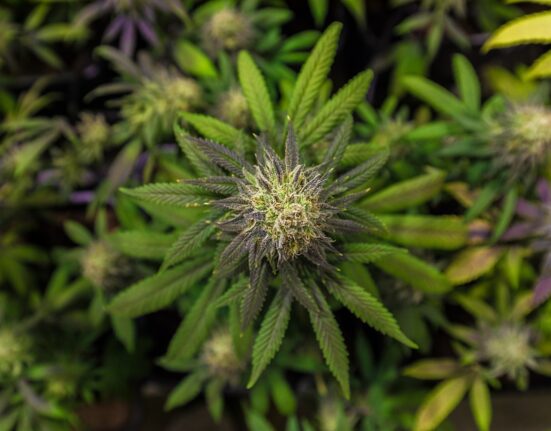
Leave feedback about this